When I crossed the Douro River, Vila Nova de Gaia pulled me in—this is where port wine tasting comes alive, just a quick stroll from Porto’s old streets.
Old cellars line the riverbank, each one promising a different spin on the region’s famous port.
If you want to get what makes ruby, tawny, and vintage ports different, you really can’t beat starting here. This is where port wine has been crafted and aged for generations.
Inside these cool, stone cellars, I didn’t just taste world-class wines—I heard the stories behind every glass.
Guides took me through rows of aging barrels. I got to see and taste what sets each style apart.
Sampling everything from young, fruity rubies to mellow tawnies and rare vintages, I started to really appreciate the tradition still pulsing along Gaia’s riverside.
The view from Gaia is just a bonus. Porto’s colorful skyline became my backdrop.
Every visit gave me a new favorite and a deeper sense of how port wine is woven into Douro Valley life.

Setting the Scene: The Allure of Vila Nova de Gaia
Standing by the Douro, Vila Nova de Gaia immediately charmed me with its mix of tradition, flavor, and city views.
Old wine cellars, historic bridges, and the river’s gentle traffic made it the perfect place to kick off a port adventure.
The Journey Across the Dom Luís I Bridge
Crossing the Dom Luís I Bridge from Porto to Gaia is a must for any wine lover.
I started in Porto’s lively Ribeira and wandered across the upper deck, peeking down at the trams and cars below.
That view? Terracotta rooftops, the winding Douro, and Gaia’s famous cellars all at once. It’s a scene that sticks with you.
A few things stood out:
- Unbeatable photo ops over the river and both cities
- Easy pedestrian access—walking here is safe and honestly pretty relaxing
- Street musicians sometimes play, which just adds to the mood
Once I stepped into Gaia, the pace changed. The energy slowed down, and everything felt centered around port wine.
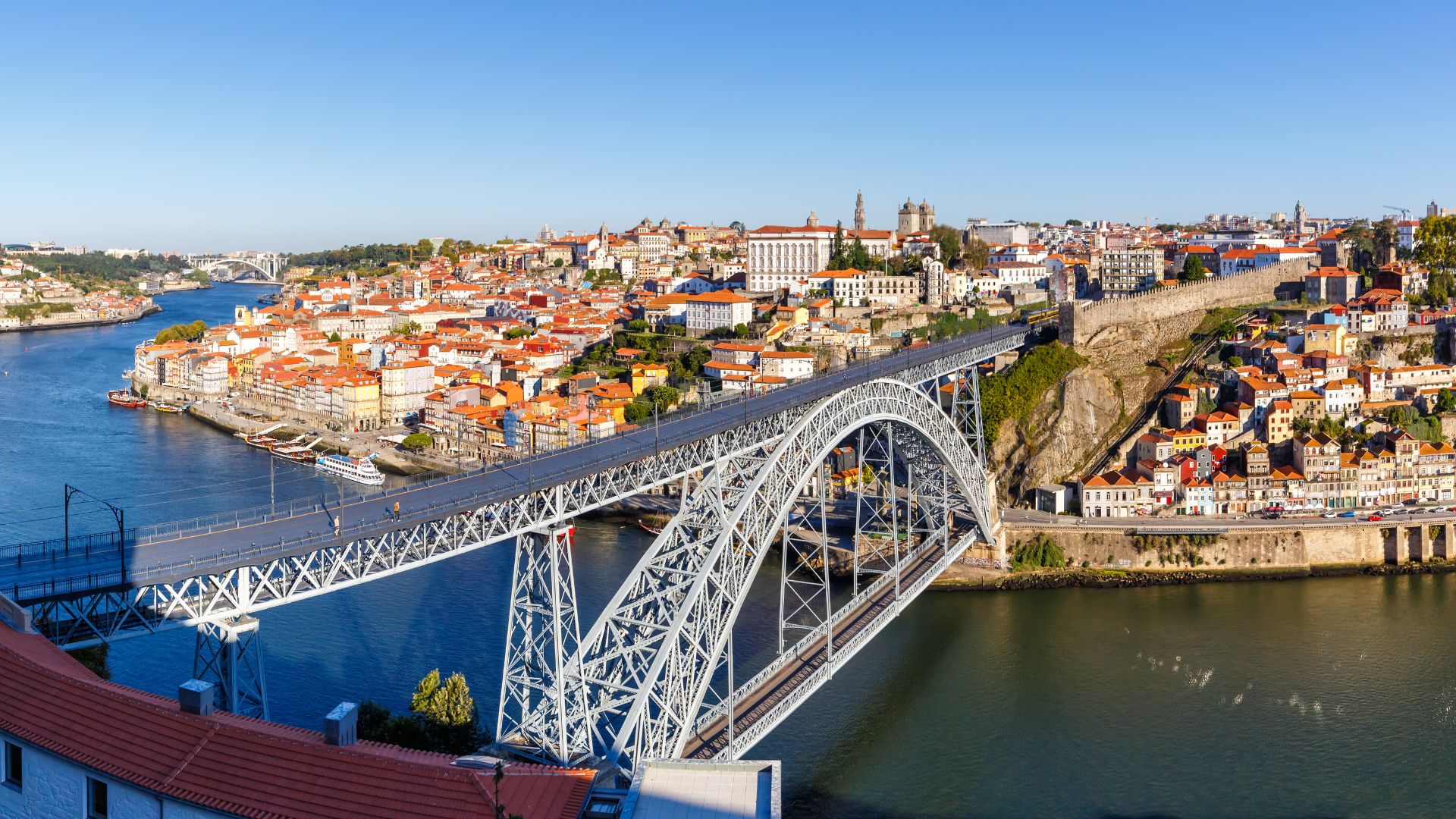
Why Gaia is Port Wine Central
Vila Nova de Gaia really is the heart of the port wine world.
All the big names—Sandeman, Taylor’s, Graham’s—set up their cellars here, just across from Porto.
Why? It’s actually simple. Centuries ago, Gaia’s cool, damp climate by the river turned out to be perfect for aging port in giant oak barrels.
British wine merchants made this their base, and now the streets are packed with cellars.
You’ll find tastings, tours, and rare bottles everywhere. Some cellars even do shows, chocolate pairings, or interactive museum experiences.
Walking from cellar to cellar feels like wandering through a living museum dedicated to port.
A Glimpse of the Douro River Waterfront
The Gaia waterfront hugs the Douro, lined with wine lodges, little restaurants, and terraces.
I always grabbed a shaded table outside to watch the old rabelo boats glide past—still used for festivals.
This side is lively, but it doesn’t get as jammed as Porto. Locals and travelers settle in with glasses of tawny or ruby port and plates of cheese or smoked ham.
Evenings are just plain magical. I watched the golden light dance on the water and the Porto skyline across the river.
The mix of river views, historic cellars, and that laid-back vibe made this spot stick in my memory.

Iconic Port Houses and Their Unique Experiences
When I crossed over from Porto, Vila Nova de Gaia revealed a treasure trove behind every port lodge door.
Each house has its own vibe, tastings, and stories, making it easy to fall for ruby, tawny, and vintage ports.
Sandeman: The Story of the Cape-Clad Guide
Walking into Sandeman felt like stepping into a secret.
That iconic cape-and-hat figure—half Spanish caballero, half English gentleman—sets the tone, and yes, the guides dress up just like him!
Sandeman loves storytelling. Their tours blend history with a bit of humor, and I learned how George Sandeman started it all in 1790.
The cellars are low-lit and packed with barrels, adding to the drama.
Tastings range from sweet rubies to complex tawnies and old vintage ports.
There’s a chocolate-pairing option too, which honestly makes each sip even better, especially with those river views from the tasting room.
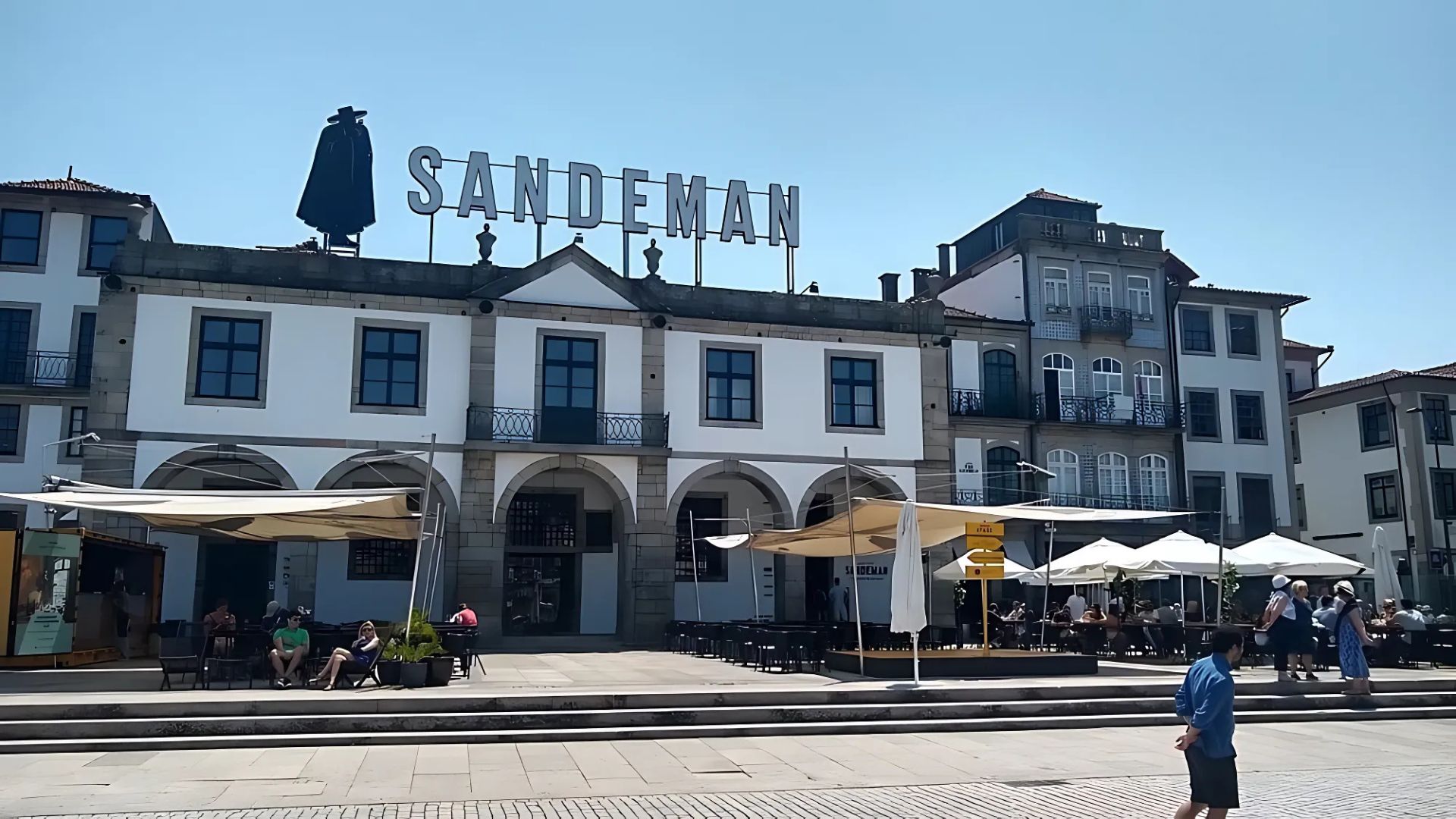
Graham’s and Taylor’s: A Taste of Tradition
Graham’s Port Lodge sits a bit uphill, but trust me, it’s worth the climb.
Inside, giant wooden vats line the halls. My guide talked about Graham’s founding in 1820 and how they stick to traditional methods.
The tastings usually include three to five pours, sometimes with their famous vintage port.
Taylor’s, just nearby, is one of the oldest—founded in 1692.
Their tour mixes digital displays with real barrels, good for both newbies and port geeks.
I loved their gardens and the panoramic terrace, which gave me a killer view back toward Porto.
Their tawnies really stood out—layered, nutty, with hints of orange peel and caramel.
Both places focus on quality and heritage. You can even book special meals at Taylor’s, pairing port with classic Portuguese food.
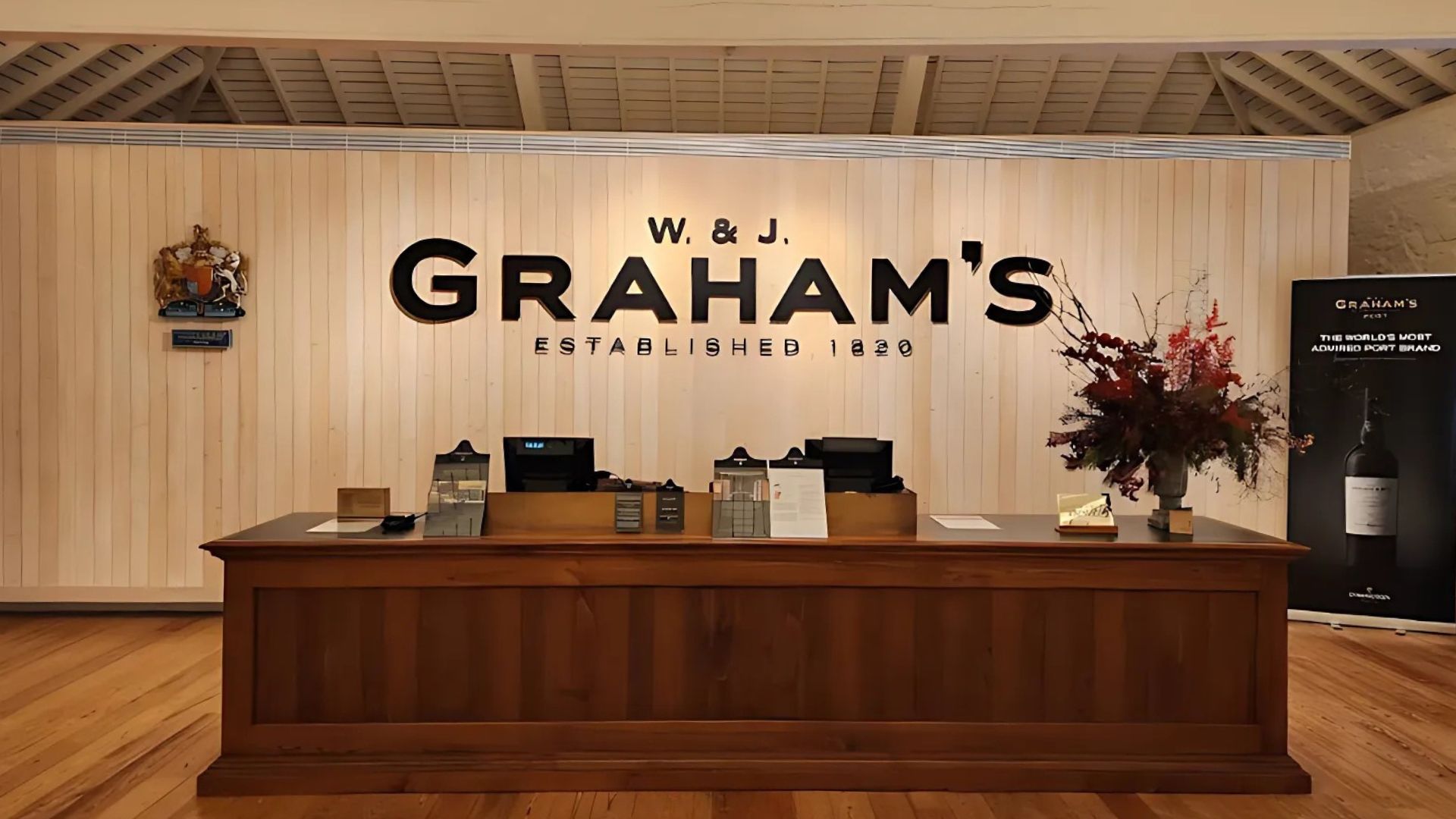
Cálem, Ferreira, & Porto Cruz: Flavors and Heritage
Cálem sits right on the river and is super easy to visit.
Their interactive museum is modern and fun, diving into Douro Valley and port history.
The tastings include their popular ruby, tawny, and white ports, and on some nights, you’ll catch live fado music.
Ferreira, founded by Dona Antónia Ferreira, tells the story of one of Portugal’s trailblazing businesswomen.
Touring Caves Ferreira, I learned how she shaped the company and modernized port.
Their tours feel warm and personal, with a focus on history and hands-on tasting.
Espaço Porto Cruz goes beyond wine—think art, rooftop views, and creative port cocktails.
They love inventive tastings: port with cheese, chocolate, or even unusual recipes.
Their terrace is the perfect spot for a sunset glass as Porto glows across the river.
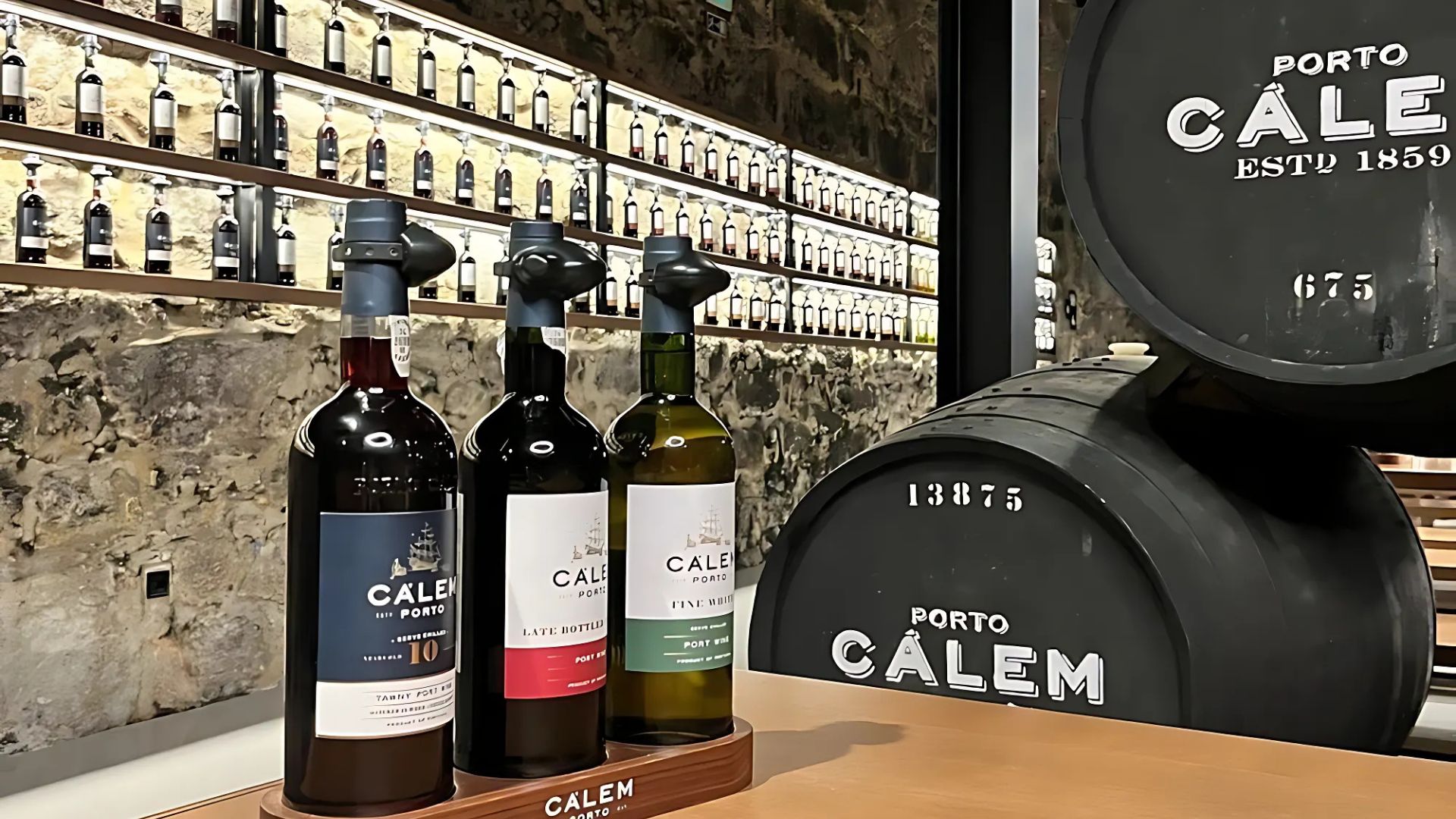
Hidden Gems: Burmester, Ramos Pinto, and Croft
Burmester is smaller and feels more intimate, tucked right by the Luís I Bridge.
The cellars are cozy, with brick arches and cool stone walls.
Their tastings usually include dry white ports and lush rubies, along with stories about their cross-continental roots.
Ramos Pinto surprised me with its bold Art Nouveau façade and playful branding.
The tour weaves through the founder’s office and vintage posters before leading down to the cellars.
I liked their bold, fruity ports, especially the late-bottled vintage.
Croft, one of the oldest houses, focuses on reserve and vintage ports.
It’s quieter here, which I actually preferred—the pace is relaxed, and you can chat with the staff as you sample deep ruby and aged tawny.
Their shaded garden patio is perfect for a lazy afternoon tasting.
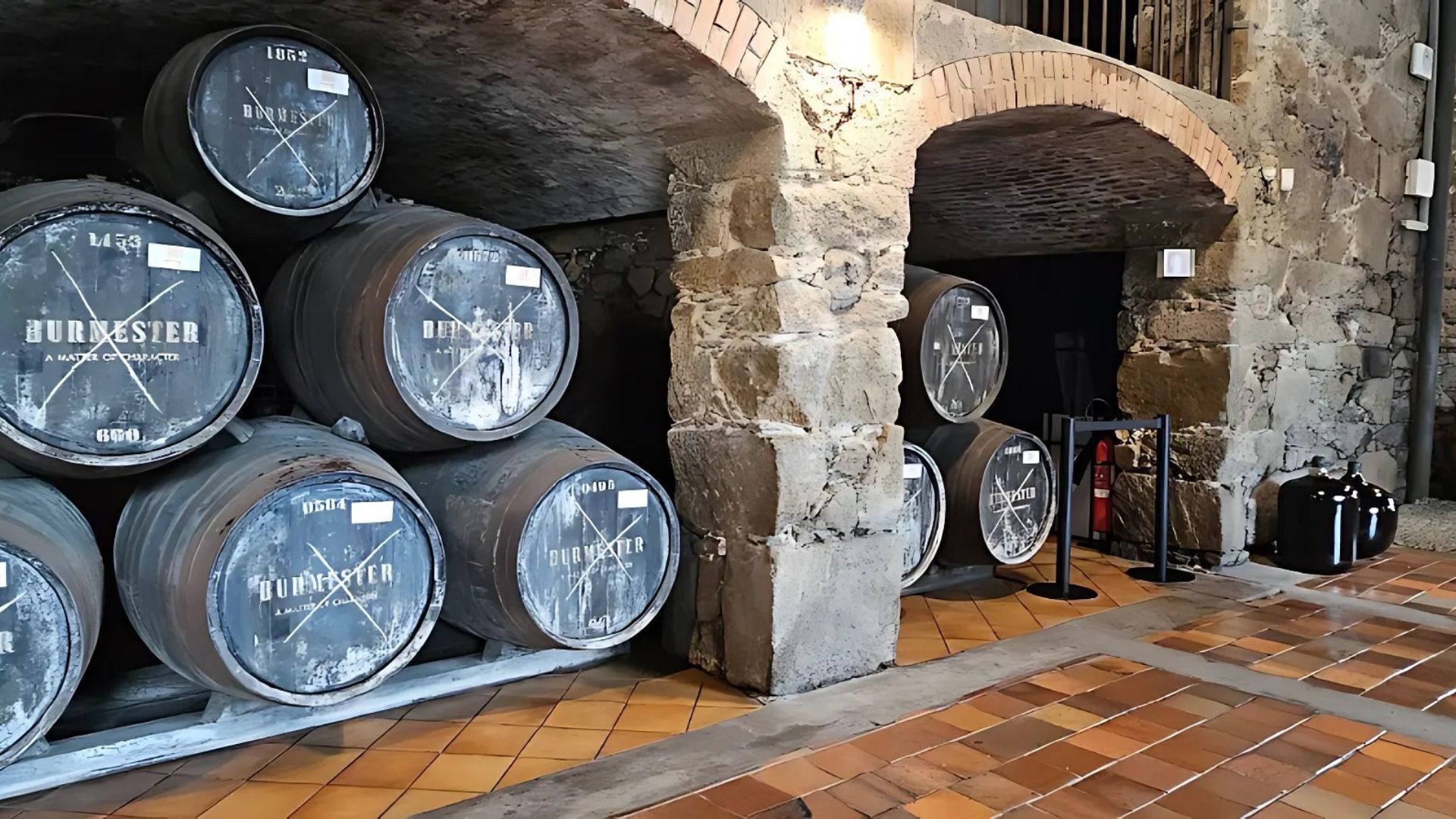
Diving Into Port: Ruby, Tawny, Vintage, and More
Crossing into Vila Nova de Gaia honestly feels like opening a treasure chest of port wine.
Each style—from deep ruby to honey-hued tawny to the rarest vintages—shows off Portugal’s long winemaking tradition.
Ruby Port: Vibrance in a Glass
Ruby port is the bright, fruit-forward side of fortified wine.
It’s aged just a few years in big vats, keeping its vivid red color and bold cherry and plum flavors.
Tasting ruby port was like catching summer in a bottle—sweet, juicy, and full of energy.
Ruby is often the first port locals try, or a go-to for anyone who loves a simple dessert wine.
It pairs perfectly with dark chocolate or berries.
If you’re new to port, go for the Ruby Reserve or a “Late Bottled Vintage” (LBV), which is richer and a bit more complex.
Ruby ports taste best slightly cool, so don’t be afraid to chill them a bit.
Tips for tasting ruby port:
- Look for that vivid color.
- Savor the burst of berry flavors.
- Drink it young—no need to cellar for years.
Tawny: Oak and Time-Infused Elegance
Tawny port is all about aging.
It spends years—sometimes decades—in oak barrels, mellowing out in color and taste.
What you get is a golden-brown wine with caramel, toasted nuts, and dried fig flavors.
Tasting tawny in Gaia, I noticed the silky texture and those subtle layers.
Many cellars pour 10, 20, or even 40-year-old tawny, each with deeper complexity and a softer finish.
Tawny is made for slow sipping, maybe with salted almonds or custard tarts.
It’s less sweet than ruby, with gentle oak notes from all that time in wood.
“Colheita” bottles are single-harvest tawnies with a unique vintage year—definitely worth trying.
Ideal tawny pairings:
| Tawny Age | Flavor Notes | Food Pairings |
|---|---|---|
| 10 years | Honey, vanilla | Soft cheeses |
| 20+ years | Nuts, caramel, spice | Dried fruit, tart |
Vintage Port and Limited Editions
Vintage port is the crown jewel.
Producers make it only from the best grapes of an outstanding year.
They bottle it after just two or three years in wood, then let it age in the bottle.
My first taste of vintage port was a revelation—dense, rich, but still full of life.
These ports start out powerful and tannic, but with age, they turn complex and smooth.
Not every year gets declared a vintage, so it’s special when it happens.
Premium tastings in Gaia sometimes let you try different years side by side—spotting the differences in fruit, spice, and structure is half the fun.
“Single Quinta” vintage ports come from just one vineyard, showing off a specific spot along the Douro.
If you see a vintage port tasting, don’t skip it.
Serve vintage ports after dinner, ideally with blue cheese or walnuts, and always decant to let the flavors open up.
Exploring White, Rosé, and Other Styles
Beyond the classics, white and rosé ports give tastings in Gaia a modern twist.
White port comes from local white grapes and can be dry or sweet.
It’s often mixed with tonic and lime for a “Portonic”—super refreshing on a sunny afternoon by the river.
Rosé port is a newer style—light, a little floral, and packed with red fruit.
I liked it best chilled, almost like a summer rosé, alongside appetizers or spicy food.
Trying these lighter styles is part of the fun.
Some lodges offer flights where you can sample ruby, tawny, white, and rosé together.
Traditional or modern, every glass tells a story that goes back generations.
A Guide to Tastings, Tours, and Wine Experiences
Visiting Vila Nova de Gaia opened up a whole world of port wine.
Every tasting brought new stories and flavors.
From classic guided tours in historic cellars to unexpected pairings with chocolate or live fado music, the experience always went far beyond just sipping wine.

Booking a Memorable Tasting Session
I found out pretty quickly that booking a port tasting in Vila Nova de Gaia is easy, but planning ahead really makes a difference. Some of the best port wine cellars—Cálem, Sandeman, Graham’s—offer all sorts of tasting options.
Every tasting session I tried had a lineup of Ruby, Tawny, and sometimes a special Vintage port. That variety made each visit feel unique.
Here’s what I saw:
| Tasting Type | Typical Price Range | What’s Included |
|---|---|---|
| Basic Tasting | €12-€15 | 2-3 styles: White, Ruby, Tawny |
| Premium/Vintage | €18-€30+ | Older or reserve vintages, guided talk |
| Special Pairing | €20-€35+ | Ports paired with chocolate or cheese |
Booking online is the norm, and I’d absolutely recommend it—sessions fill up fast in busy months. Walk-ins work at a lot of places, but honestly, I got the best experiences (and smaller crowds) when I reserved ahead, either through Tripadvisor or right on the cellar’s website.
Guided Tours: Behind the Cellar Doors
I signed up for a guided tour expecting just a few sips, but it turned into something much more. The cellars felt like stepping into another world—Taylor’s and Ferreira really nailed that old-world vibe.
Barrel-lined tunnels, cool stone corridors, and a constant sweet smell everywhere made me realize how much tradition goes into each bottle.
Tours usually kick off with a rundown of port wine’s history and how those Douro Valley grapes end up in Gaia. My guide broke down the aging process, explaining how Ruby, Tawny, and Vintage ports each develop their own character.
Most tours wrap up in cozy tasting rooms. I could try different ports with an expert ready to answer whatever popped into my head. Smaller groups made it easier to chat, linger, and enjoy the moment.
Some cellars even let me create my own blend or taste a rare cask sample. That hands-on stuff really stuck with me.
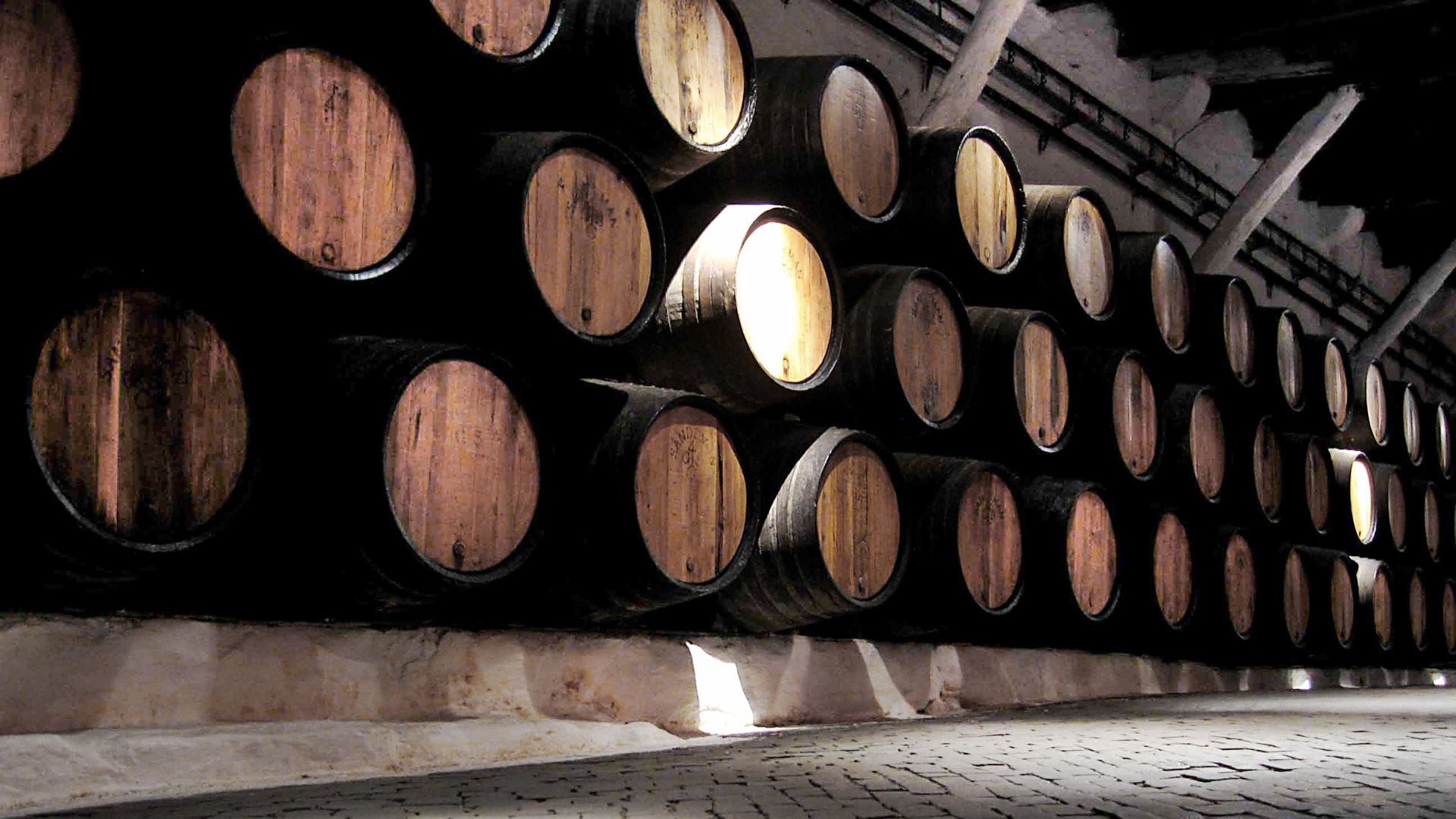
Unique Pairings: Chocolate, Fado, and More
Tastings in Vila Nova de Gaia go way beyond the basics. One afternoon, I tried a port and chocolate pairing—Tawny with dark chocolate was just incredible. Some cellars offer cheese or nut pairings too, and I noticed premium experiences often come with these little extras.
If you want something different, a few wine houses (like Espaço Porto Cruz) mix tastings with live fado music. Sitting back with a glass of port while listening to those haunting Portuguese songs—honestly, it’s hard to beat.
Some places add guided walks through old cellars, or even river cruises with tasting stops. All of this turned my port tour into a full-on adventure. Vila Nova de Gaia really knows how to blend tradition, flavor, and entertainment.
Understanding the Craft: Grapes, Aging, and Tradition
Learning how Port develops its unique character made my tasting adventure in Vila Nova de Gaia way more interesting. Every bottle tells a story that starts with Douro Valley grapes, follows a strict wine-making process, and finishes aging in Gaia’s cool cellars.
Key Grape Varieties: Touriga Nacional, Tinta Roriz, and More
Port wine gets its flavor from a blend of traditional grapes grown on the Douro Valley’s steep, rocky terraces. The main ones? Touriga Nacional—big fruit, deep color—and Tinta Roriz (Tempranillo in Spain), which brings spice and structure.
Touriga Franca, Tinta Barroca, and Tinto Cão add even more layers. During my tours, I watched winemakers mix grapes like artists, balancing freshness, fruit, and tannins.
Even lesser-known whites like Malvasia matter for white Port. Walking through the vineyards, I realized the Douro’s sun and rocky soil shape every grape, and every harvest feels like a big deal for flavor.
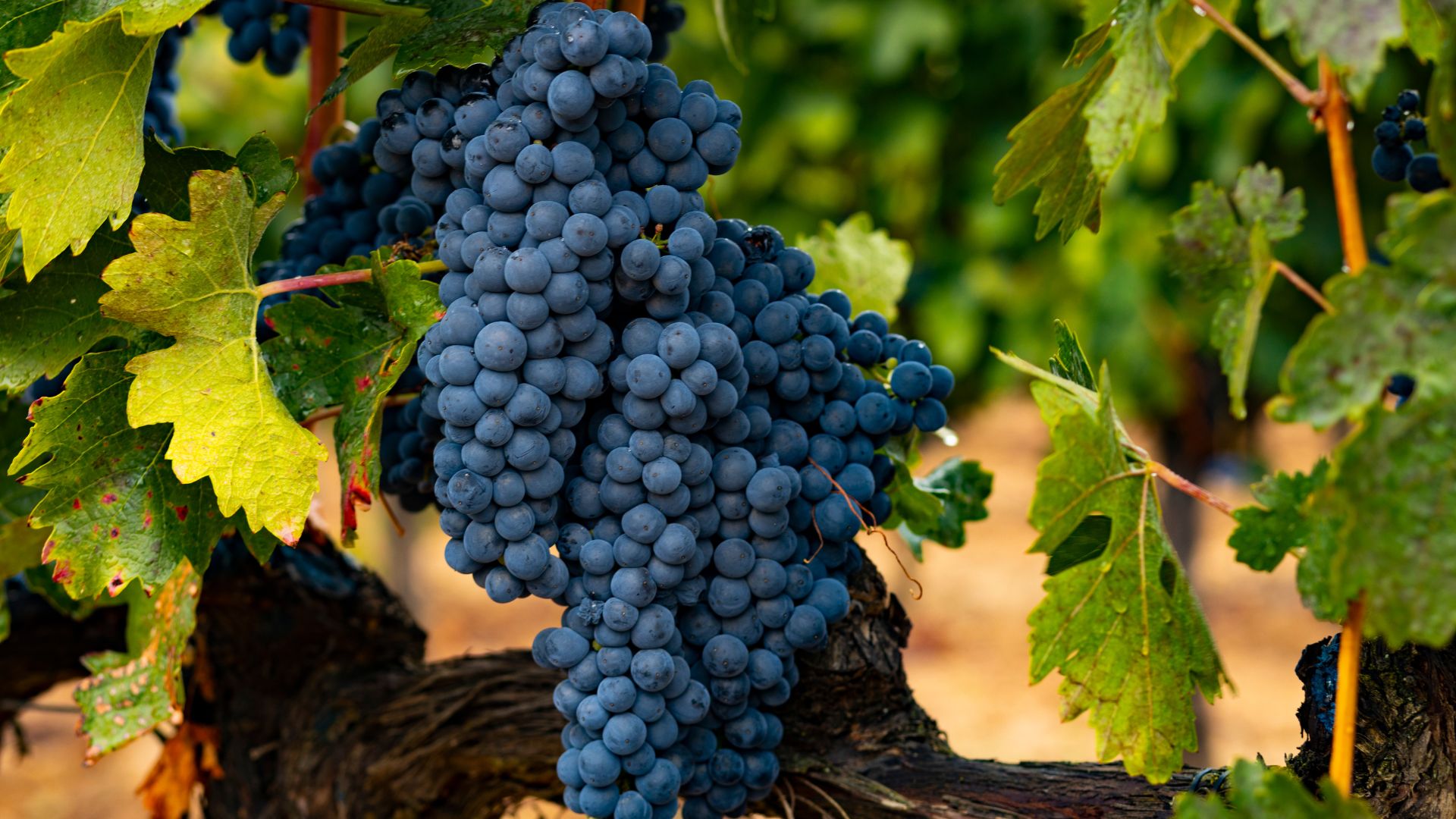
The Wine-Making Process: From Douro Valley to Gaia
Harvest happens from August to October, and people still pick grapes by hand. At a Douro Valley winery, I watched crews pick and crush grapes, sometimes using the old-school foot treading in granite tanks called lagares.
This method gently breaks the skins and gives Port its color and flavor. Fermentation doesn’t last long—just a few days, really.
Once about half the natural sugar turns to alcohol, winemakers add aguardente (clear grape spirit). This stops fermentation, keeps some sweetness, and bumps up the alcohol to around 19-20%. After that, the young wine travels downriver to Gaia’s cellars to age.
Aging in the Cellars: Reserve, LBV, and Beyond
Inside Gaia’s old lodges, Port ages slowly in giant oak vats or smaller casks. The way they age it shapes what you taste—Ruby Ports rest only a few years, keeping bold color and fruity flavors.
Reserve and Late Bottled Vintage (LBV) Ports stay in wood longer and get smoother and deeper. Tawny Ports might spend decades in barrels, picking up nutty, caramel notes and a lighter color.
Some houses, like Real Companhia Velha, store big reserves of aged Tawny in Gaia. When you see bottles labeled 10, 20, 30, or 40 years, that’s the average age in the blend. Those have richer, mellow flavors. Each style shows off choices and traditions passed down through the years.
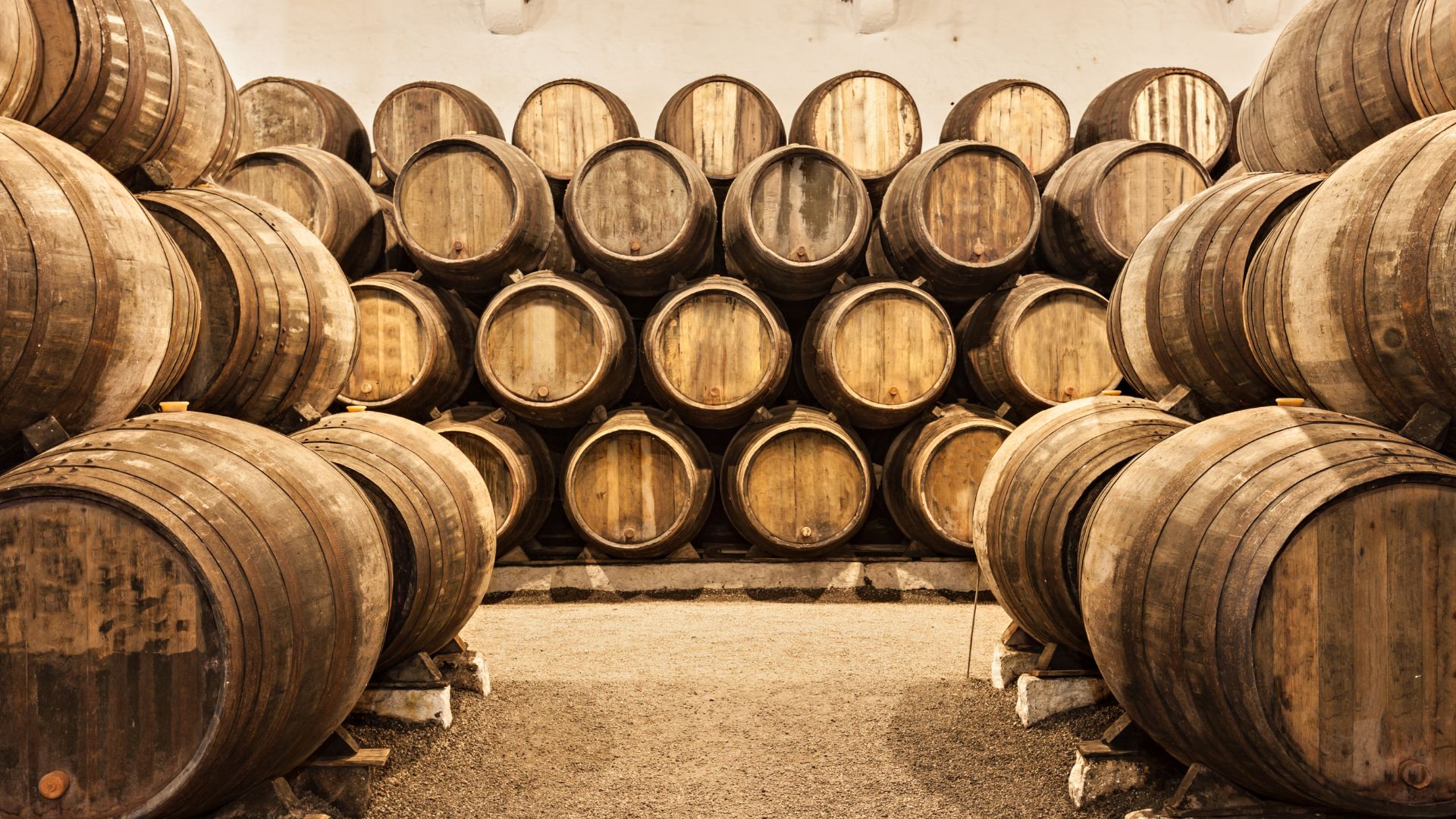
Practical Tips: Savoring Port in Gaia Like a Local
Tasting port in Gaia isn’t just about sipping sweet wine. Knowing where to go, what to try, and how to do it right really matters.
From picking the best shops to understanding tasting etiquette and finding cool souvenirs, I picked up some handy tips for travelers wanting a local experience.
Navigating Wine Shops and Porto Card Perks
Gaia’s full of wine shops and tasting lodges. I found that wandering away from the busy riverfront led to friendlier service and better prices.
Small shops often offer flights of ruby, tawny, and even vintage port, explained by staff who genuinely love what they do.
I used the Porto Card for discounts at a few cellars. It covers transport and gives perks at museums, plus reduced prices at some tasting rooms.
You can grab a Porto Card at the train station or online. Here’s a sample of the perks:
| Benefit | Discount with Porto Card |
|---|---|
| Port Wine Cellars | 10-20% off |
| Museums | Up to 50% off |
| Transport | Free / Reduced |
Book tours or tastings ahead if you’re visiting during busy months. Walk-ins work fine in the off-season, but a reservation locks in your spot at big names like Sandeman or Ferreira.
Tasting Etiquette and Legal Drinking Age
At every tasting, I noticed locals take it slow. Start with dry whites, move to ruby, then tawny or vintage. Small sips are key—port packs way more punch than regular wine.
It’s totally normal to chat with staff or ask for food pairings. In Portugal, the legal drinking age is 18, and staff sometimes check ID, especially if you look young.
Expect professional service. Don’t hesitate to ask questions or request smaller pours if you want. Breadsticks, cheese, or nuts are usually on hand—perfect for cleansing your palate between different ports.
If you’re new to port, let your guide know. Most hosts love sharing their knowledge and will walk you through each step, making the whole thing feel relaxed and fun.
Beyond Port: Cocktails, Souvenirs, and Day Trips
Plenty of tasting rooms and bars serve up Port cocktails. Honestly, the Porto Tonic stood out for me—white port, tonic water, ice, and a slice of citrus.
It’s super refreshing and gives tradition a modern spin. Some places even use tawny port in creative drinks, which I didn’t expect but kind of loved.
Souvenir shops line Gaia’s waterfront and offer way more than just bottles. I spotted port-infused jams, chocolates, and, surprisingly, even soap.
A few small wine shops let you try before you buy, which is always a win. If you’re into travel inspiration, grab a local travel guide—I picked up one at Livraria Lello in Porto, and it honestly made my trip feel a bit more literary.
If you’ve got extra time, you can hop on a quick day trip to nearby spots like Sintra. Trains run every day, so it’s easy to check out some fairytale palaces and still make it back for more port by the river.

